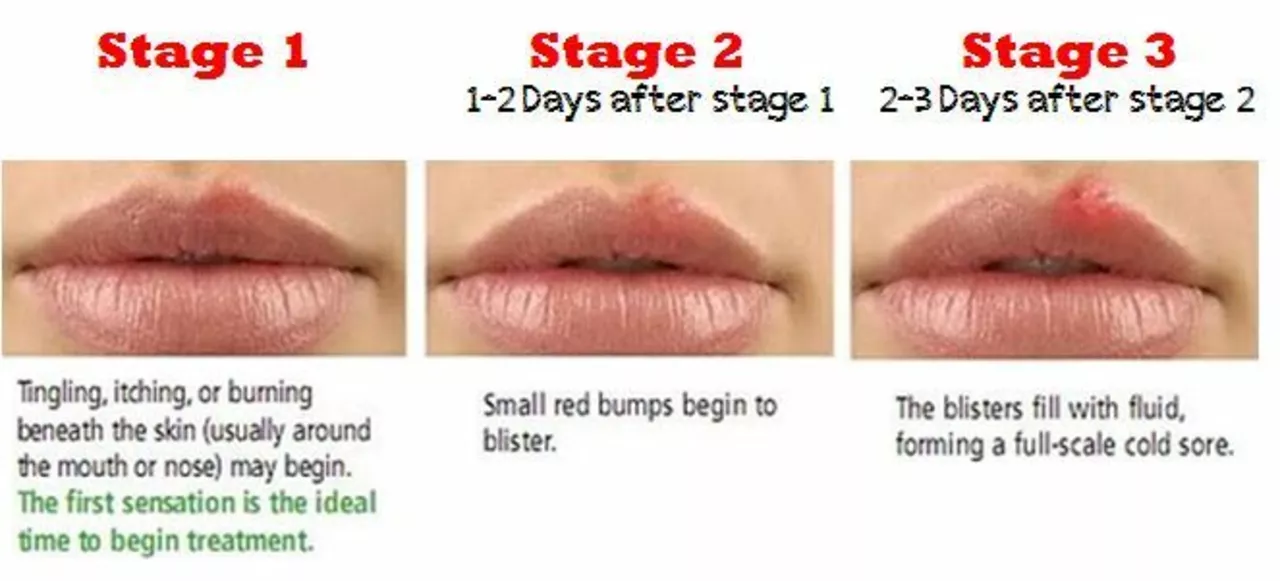Sores: What They Are and How to Handle Them Fast
Ever notice a painful bump that just won’t heal? That’s a sore, and it can show up anywhere on your body. Some are tiny cracks from dry skin, others are deeper ulcers caused by infection or pressure. The good news is most sores don’t need a doctor if you know the right steps. Let’s break down what’s going on under the surface and how to get relief quickly.
Common Types of Sores
Sores come in many shapes. Pressure sores, also called bedsores, develop where skin is constantly pressed—think elbows or heels if you sit for long periods. Venous ulcers appear on the lower legs when blood pools and the skin breaks down. Then there are fungal or bacterial infections that cause red, itchy patches that turn into open wounds. Even a simple scrape from a fall can become a sore if it gets dirty or isn’t cleaned right.
How to Treat a Sore Right Away
First thing: clean the area with mild soap and lukewarm water. Pat it dry—no rubbing, just gentle pressure. Apply an over‑the‑counter antibiotic ointment like bacitracin or a simple petroleum jelly if you’re not allergic. Cover with a non‑stick gauze pad and secure it with medical tape; this protects the sore from bacteria while keeping it moist enough to heal.
If the sore is painful, an OTC pain reliever such as ibuprofen can help reduce swelling and discomfort. Change the dressing at least once a day or whenever it gets wet. Watch for signs of infection: increased redness, warmth, pus, or fever. Those clues mean it’s time to call a professional.
For pressure sores, relieve the pressure immediately—shift your position, use cushions, and avoid sitting on hard surfaces for too long. Elevating swollen legs can improve circulation for venous ulcers, and compression stockings often make a big difference.
When you’re dealing with fungal infections, an antifungal cream applied twice daily usually clears things up in a week or two. Keep the area dry; moisture fuels fungus. For bacterial causes, a short course of prescribed antibiotics might be needed—don’t self‑medicate with old leftovers.
Prevention is half the battle. Keep skin clean and moisturized, especially after showers. Stay active to boost blood flow, and wear breathable shoes if you’re on your feet all day. If you have diabetes or poor circulation, check your feet every night for any tiny cuts that could turn into sores.
In short, most sores respond well to simple cleaning, protection, and monitoring. Knowing when a sore is just a minor irritation versus a sign of something more serious can save you time, pain, and extra doctor visits.

Understanding the different types of sores and their causes
As a blogger, I've recently researched the various types of sores and their causes. It's important to understand that sores can be caused by different factors, including infections, skin conditions, and even injuries. Some common types include cold sores, canker sores, bedsores, and diabetic ulcers. Proper care and treatment for each type of sore are essential to prevent complications and promote healing. Stay tuned for more detailed information on each type of sore and how to best manage them!